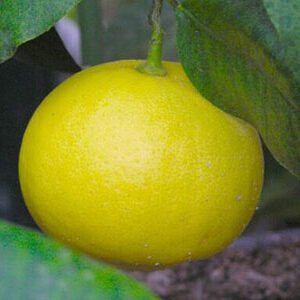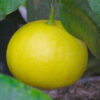Benzoin
6,00€ – 44,00€
The Benzoin tree is from Java, Sumatra and Thailand that grows to 20 feet. Deep incisions are made in the trunk of the tree from which the grayish color sap exudes. When the resinous lump becomes hard and brittle, it is collected from the bark.
Benzoin
Botanical Name: Styrax benzoin
(Resin 50% in Benzyl benzoate)
The plant: A tall tree, belonging to the Styracaceae family, native to tropical Asia. Benzoin is produced when the tree is cut and the resin hardens on exposure to the air.
History: Benzoin, also known as gum Benjamin, is one of the classic ingredients of incense. In ancient civilizations it was used in fumigation. Benzoin is an ingredient of ‘Friar’s balsam’, an aid to respiratory problems.
Plant Part: Plant resin from the styrax tree.
Extraction Method: Solvent extraction
Color: Golden brown, like thick amber
Consistency: Thick and Viscous
Note: Base
Aroma Strength: Medium
Aromatic Scent: Benzoin oil has a sweet, warm and vanilla-like aroma, rich and creamy.
Qualities: The resin like those of frankincense and myrrh have a long history of use as a medicine and incense especially in the East. It was burnt to drive away ‘evil spirits’. It is a main ingredient in ‘Friars Balsam’, which is used for respiratory conditions. We find this oil very soothing when used in a burner. It is often recommended for sore chapped skin, but it may be sensitizing to the skin. Good for vaporizing but may stick to the burner. Benzoin is immobile in its raw state and must be diluted for use, as in Benzyl benzoate which, incidentally, is also used to kill dust mites, parasites and scabies.
Other uses: Tinctures of benzoin are used in pharmaceutical preparations. The resin is found in the toiletries and perfume industries where it is used as a fragrance and fixative.
Blends well with: Benzoin essential oil blends well with Bergamot, Coriander, Frankincense, Juniper, Lavender, Lemon, Myrth, Orange, and Sandalwood. Benzoin does not mix well with fixed oils.
Cautions: No known toxicity
8,00€ – 62,00€










